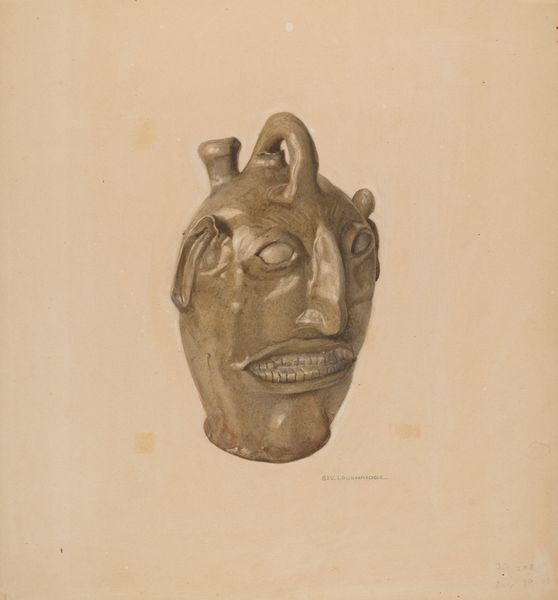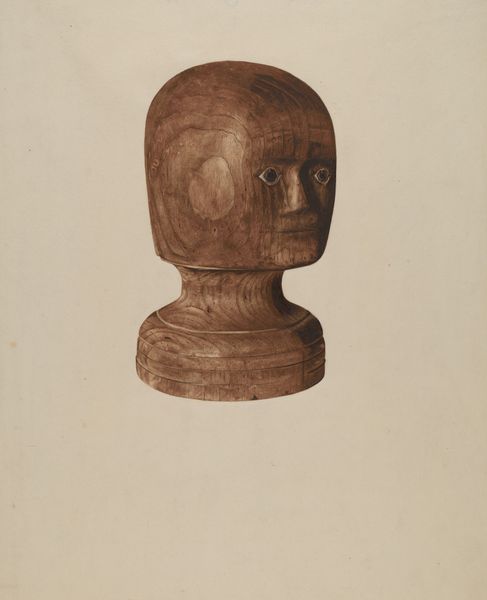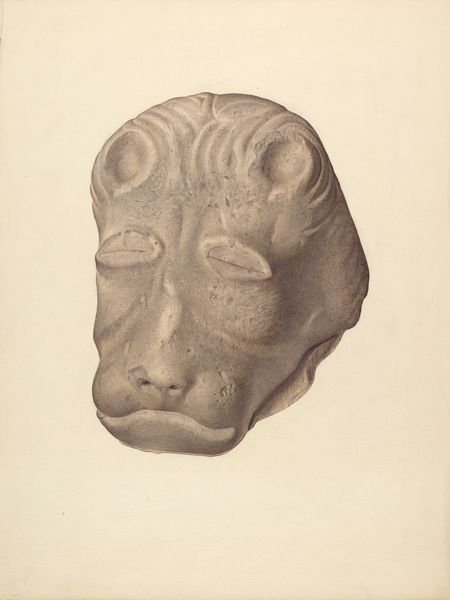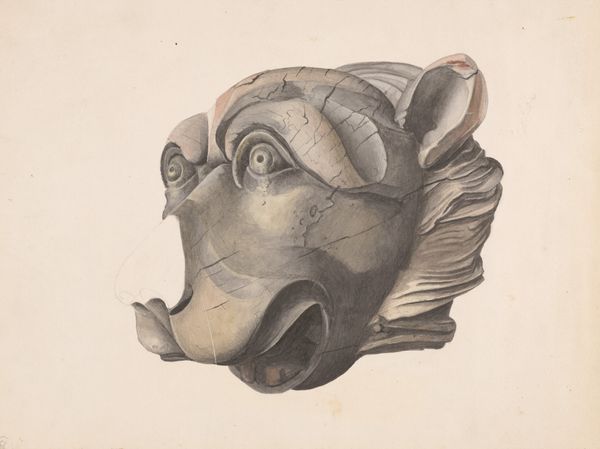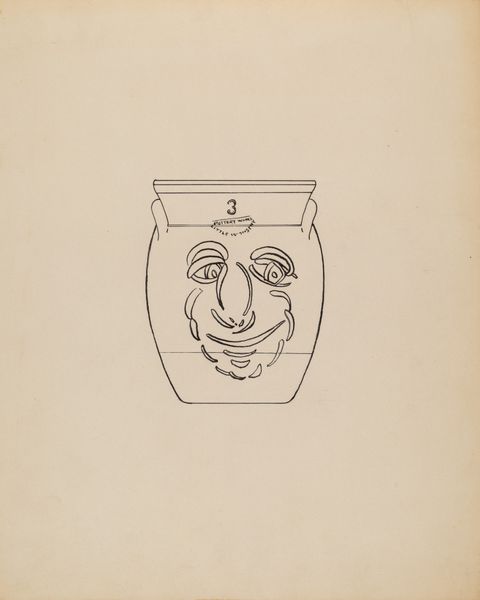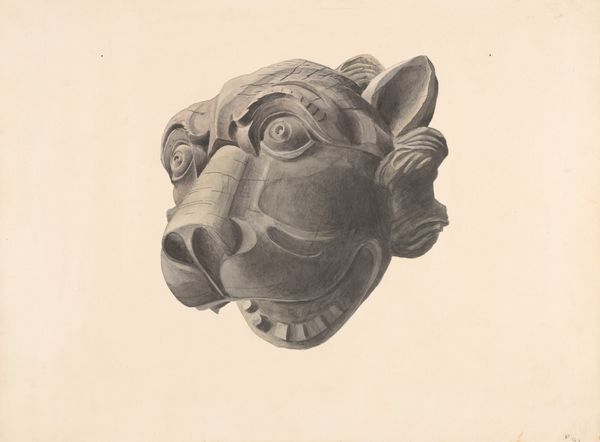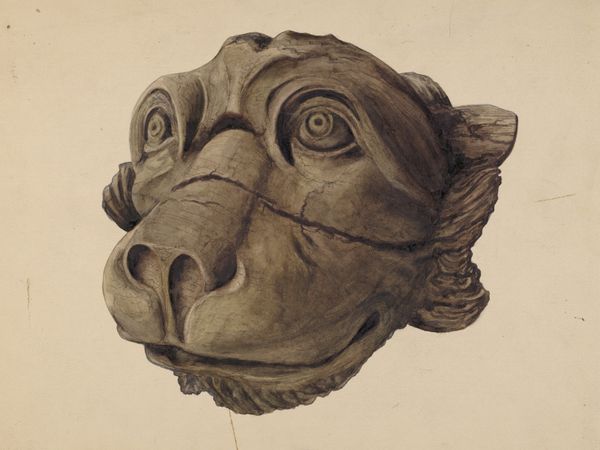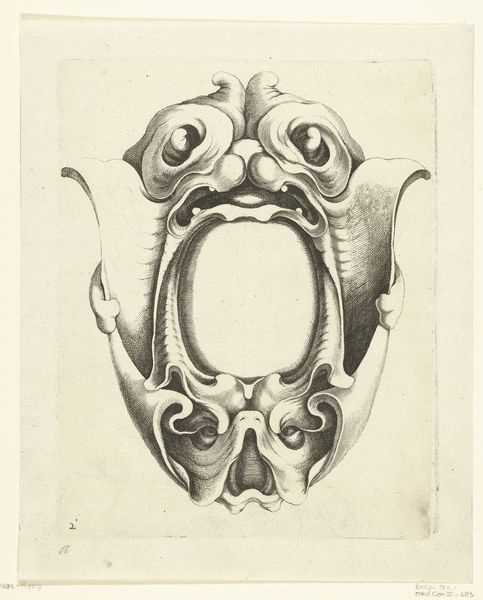
drawing, ceramic, pencil
#
drawing
#
ceramic
#
pencil drawing
#
folk-art
#
pencil
Dimensions: overall: 30.4 x 23.1 cm (11 15/16 x 9 1/8 in.) Original IAD Object: 12" High 7" Dia.
Copyright: National Gallery of Art: CC0 1.0
Curator: This is Annie B. Johnston’s “Stoneware Jug,” rendered in pencil around 1937. What are your initial thoughts? Editor: I’m immediately struck by how unsettling yet compelling it is. That human-like face on a jug, staring blankly—it’s like something out of a strange dream, simultaneously grotesque and intriguing. Curator: I agree, the animation of the inanimate invites discussion. While it appears to be a drawing, it is of a functional object found in Southern folk art tradition. Think about what happens to traditional craft when the Industrial Revolution shifts manufacturing overseas; folk traditions like these often disappear. In drawing the jug, Johnston calls back to a traditional ceramic form with which rural Americans would have been intimately familiar. Editor: I hadn’t thought about it in that context, but it makes complete sense. The rendering in pencil, then, serves a dual purpose. On one hand, folk art is often more accessible or affordable because it doesn't rely on heavy, cumbersome machinery to produce. So we see the art reproduced simply. Then, of course, the dream element I originally thought so potent speaks also to the sense of nostalgia and loss accompanying the vanishing of traditional objects of labor. It's mournful. Curator: Perhaps. Another way to see this artwork is through the politics of representation that operate within museum spaces and cultural institutions. How are “folk” artists presented, consumed, and often miscategorized? This work opens discussions on issues of cultural ownership and the aestheticization of everyday objects. Editor: Right, the art world’s own strange fetishization. It gives it an elegiac aura. Though that face… it still gets to me. Are we meant to empathize with the jug? Does it feel… displaced? Curator: I think what Johnston gives us is a mirror. The jug reflects anxieties and social tensions concerning shifting cultural landscapes. This allows us to interrogate our roles and perceptions as both consumers and creators of art. Editor: A weighty mirror indeed. Now I'm not just unsettled, I'm pondering... thanks, Annie. Curator: And thank you for helping me illuminate this intricate artwork a bit more today.
Comments
No comments
Be the first to comment and join the conversation on the ultimate creative platform.
